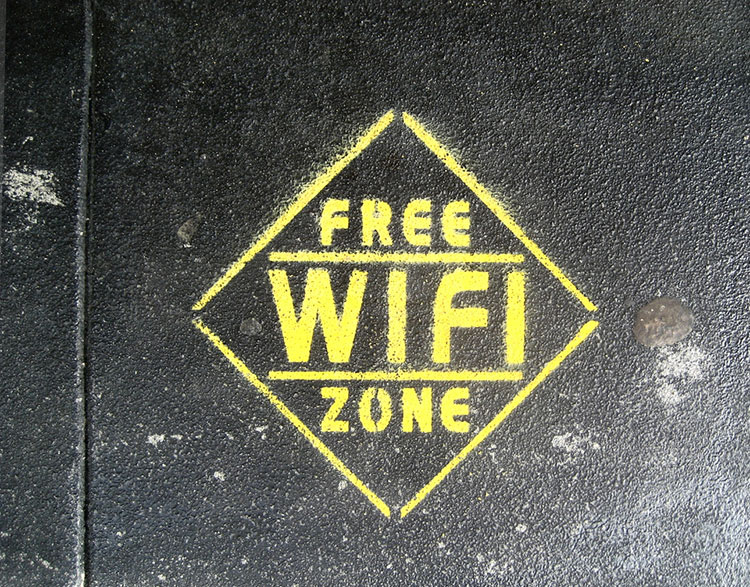
October 11, 2016; New York Times
Most would agree that broadband Internet access should be treated as a public good. Yet, as a New York Times piece points out, some 20 percent of Americans do not have mobile data or broadband at home due, in part, to cost restrictions. Many nonprofits aimed at combating poverty have addressed this problem, and now a number of for-profit companies are starting programs to offer free or reduced-price broadband to low-income users.
This is a very interesting idea, and one that seems at least partially altruistic, as noted in the NYT article. The companies offering free and reduced priced broadband have a few clear gains from participating. This move will increase brand presence in low-income areas. It also buys them a fair amount of goodwill—if not among those using the services, at least from those who feel that these services should be available to everyone.
That said, this does not seem like a loss leader, as the article puts it, in the purest sense. Many examples of loss leaders involve some form of restriction that encourages the customer to purchase more of, or a higher quality of, the company’s product. For example, a retail store putting sale items in the back of the store, forcing the customer to walk past higher priced items. Here, there does not seem to be anything encouraging future purchases. Without having a look at the terms of use, it seems reasonable that a user of the free service will be able to switch to another provider, should they be able to afford the option. A large broadband provider, such as Sprint, is probably aware of this, and is banking on a certain portion of users sticking with the brand that they know. However, it seems at least a little telling that Sprint, rather than Verizon or AT&T, is leading the charge.
Sign up for our free newsletters
Subscribe to NPQ's newsletters to have our top stories delivered directly to your inbox.
By signing up, you agree to our privacy policy and terms of use, and to receive messages from NPQ and our partners.
Keeping the benefits to the provider in mind, the free broadband program offered by Sprint to low-income high school students, called the “1 Million Project,” is a good thing. The exact relationship between computer and Internet access at home on educational outcomes is not clear, as some studies find little to no effect while others find a positive effect. It is hard to imagine, though, high school students being worse off under the Sprint program. Access to the Internet, whether used or not, is not a bad thing.
The schools should be a little better off as well. They could have greater flexibility in the types of assignments they give students. This could also allow for a more dramatic change in the structure of the school day. Flipped classrooms all but require at-home Internet access.
The biggest concern, it would seem, is that there will be a great deal of data produced by these low-income users. How it is used by the providers is something that users should keep an eye on.—Sean Watterson













